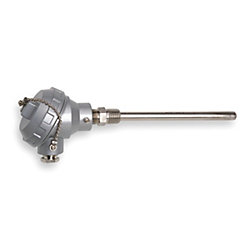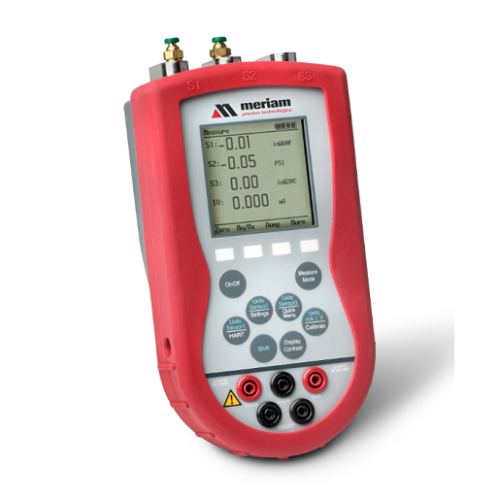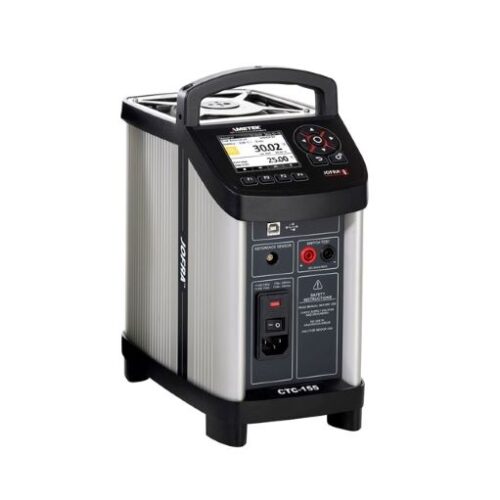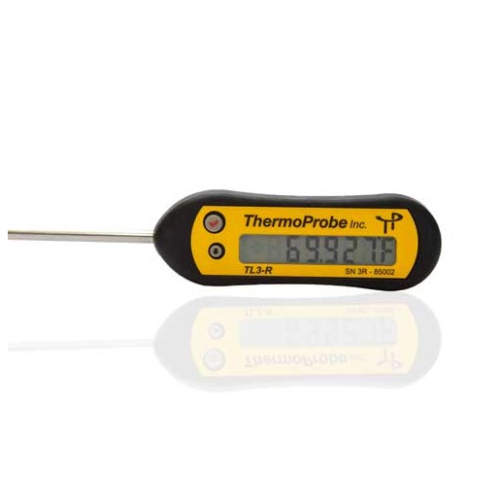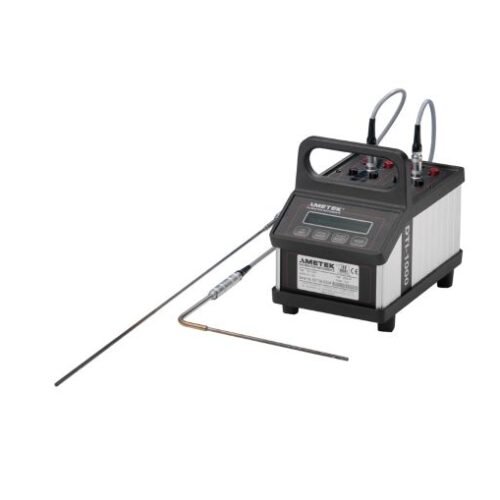Valley Instrument Service manufactures Resistance Temperature Detectors, or RTDs, to order.
What is an RTD? In brief, this device measures temperature by converting the resistance of a special element, read in Ohms. The element is built using any number of pure materials. However, all of our RTDs employ platinum, considered to be the best metal for its linear relationship between resistance and temperature.
Elements are fairly fragile, so we place them inside of a metal probe, creating a more rugged thermometer. You’re able to specify the diameter, from 1/8” to 3/8”, and length of the probe required for your application. Marine-grade stainless steel (316) augments the probe’s corrosion-resistant properties.
Most RTDs are built with a single element. However, some applications call for dual-element configurations for redundancy or measurement from two different instruments. We manufacture both types.
You can order your RTD in one of three wiring configurations. A two-wire setup is simplest, but least accurate, since the resistance of the connecting wires is added to the sensor, creating measurement error. A three-wire array cancels out the effects of lead resistance, improving accuracy, and is further bettered in the four-wire configuration.
Depending on how your RTD interfaces with the process it is measuring, you may also want a connection fitting installed. We offer welded and spring-loaded fittings. The latter is most appropriate when you want the tip of the probe to make proper contact with a thermowell for effective heat transfer. If you’re not using a thermowell, it may also be important for the fitting to include an oil-tight seal.
RTDs are both accurate and reliable. They do have limitations, though. In high-temperature environments, the platinum element can be irreversibly damaged. Processes exceeding 500 °F necessitate a different construction. Or a thermocouple might be more appropriate. A thermocouple gives you the additional benefit of faster response time (though they have their own limitations as well including lower accuracy and greater susceptibility to drift).
Of course, if you have any questions, give us a call; we’re happy to help customize the right measurement device.
